What kind of chlorine should be used if the cyanuric acid level is too high?
Before we get into the answer, cyanuric acid (CYA) is basically sunscreen for your pool. It prevents chlorine from being burned off by the sun. Now Rob, what do we do if gets too high.
The problem with cyanuric acid being too high is that is can block chlorine from killing bacteria. To counteract the CYA, more and more chlorine has to be added to maintain a healthy free chlorine level. Types of chlorine to avoid in this case are chlorine tablets or a di-chlor shock, both of these options are stabilized with CYA. The correct type of unstabilized chlorine in high CYA situations are liquid chlorine like sodium hypochlorite, bleach, or cal-hypo shock, then of course there is regular granular shock. That’s what you’d want to add if your cyanuric acid level is high, where it’s in 70, 80, 90 parts per million range.
Let’s say you don’t want to add chlorine shock: in that case, the best way to drop CYA levels is to drain a portion of your pool water then fill with fresh water. This is the only option because once diluted in into solution, CYA cannot be removed from your water. There are some chemicals on the market that state they are effective for the removal of CYA, but results are spotty at best.
If you have any questions or comments, please leave them down below. And, for all your pool and spa needs, please visit us over INYOPools.com. Thank you for joining us. Bye.

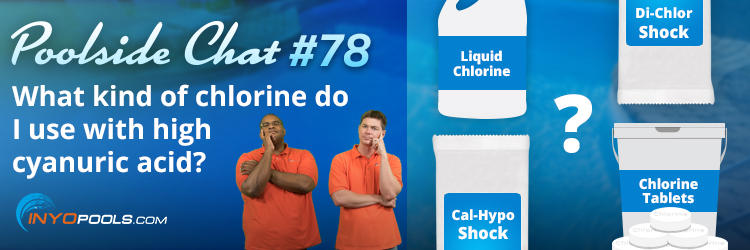







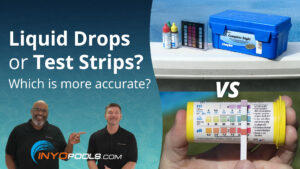
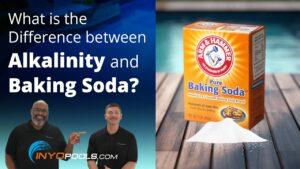
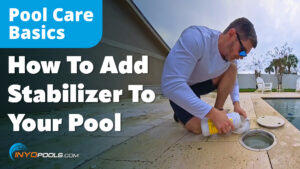
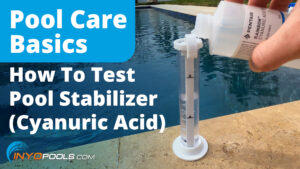
Leave a Reply